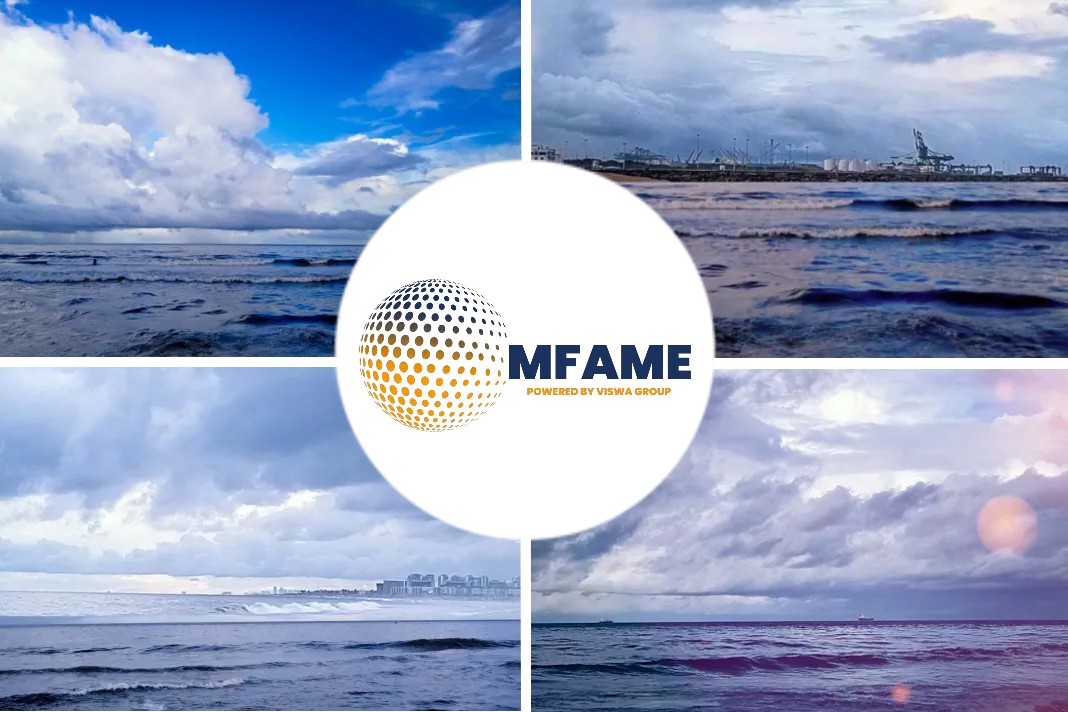 Following implementation of the IMO 2020 global sulphur cap (on 1 January 2020), the club published an article relating to the operational experience on the transition to compliant fuel blends. There have been industry concerns over the uncertainty and potential diversity of the very low sulphur fuel oil (VLSFO) characteristics, reports Standard Club.
Following implementation of the IMO 2020 global sulphur cap (on 1 January 2020), the club published an article relating to the operational experience on the transition to compliant fuel blends. There have been industry concerns over the uncertainty and potential diversity of the very low sulphur fuel oil (VLSFO) characteristics, reports Standard Club.
Studying the features of VLSFO fuel
In response to this, the International Organization for Standardization (ISO) committee in charge of ISO 8217 looked at the main characteristics of VLSFO fuel supplied to ships during the period from January to June 2020 and compared this with the quality of high sulphur fuel oil (HSFO) supplied to the ships in 2018 from January to June.
The key findings of the review indicate that 2020 VLSFOs, as compared to 2018 HSFOs, were found to have lower viscosity, lower density, lower micro carbon residue (MCR) and lower calculated carbon aromaticity index (CCAI), higher net specific energy and a higher pour point. These factors indicate that VLSFOs in general tending towards being paraffinic in nature and having better ignition and combustion properties in comparison with HSFOs.
In contrast to HSFO
Compared to HSFO, VLSFO characteristics show a broader spread of viscosity and generally lower viscosity and density. Combined with the possibility of a higher pour point and other factors, an increased attention to fuel management (storage, treatment, and handling temperatures) is required.
The cat fines levels have generally been lower, with fewer samples found off-spec. Moreover, the lower density and viscosity of most VLSFOs mean that cat fines are easier to remove during normal onboard fuel treatment prior to engine injection.
The document (as attached) has been submitted by ISO to the IMO Marine Environment Protection Committee (MEPC) for its upcoming 76th session scheduled for June 2021. The ISO is in the process of reviewing ISO 8217:2017 standard, taking into consideration the outcome of this fuel quality review and taking note of continuing trends and feedback from the industry. For further details, members are recommended to refer to the recent articles published by The International Bunker Industry Association (IBIA) on ‘Setting standards: What next for ISO 8217?’ and ‘VLSFO – FACT VS FICTION’.
Did you subscribe to our daily newsletter?
It’s Free! Click here to Subscribe!
Source: Standard Club
















